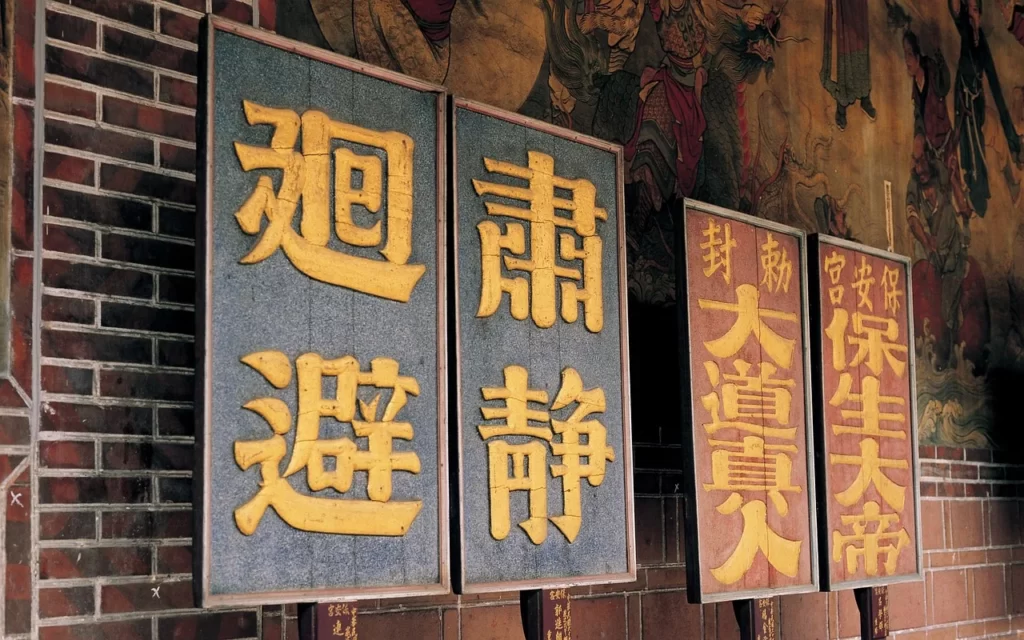The Mandarin Language
Mandarin, also known as Standard Chinese or Putonghua, deeply intertwines with the rich and ancient cultural heritage of China.
As one of the world’s oldest and most influential languages, Mandarin has played a pivotal role in shaping the nation’s identity and communication.
Ancient China hosted numerous regional dialects spoken across its vast and diverse territories, laying the roots of Mandarin.
Over time, these dialects evolved and gradually converged into what we now recognize as Mandarin.
Various dynasties and emperors wanted to unify communication in China, so Mandarin became standardized.
In the Yuan Dynasty (1271-1368), Mongolian rulers wanted a single language for administration. This led to an early form of Mandarin becoming the official language.
Keep reading about, The Mandarin Language
During the Ming Dynasty (1368-1644), Mandarin started to take its current form.
The Ming emperors made Beijing the capital, and the local dialect there became the official language of the imperial court.
As a result, this form of Mandarin, called “Guānhuà”, became the standard for government affairs and formal communication.
Under the Qing Dynasty (1644-1912), Mandarin’s standardization continued, solidifying its position as the primary language for administration and education.
As a result, its influence spread further across the country.
In 1956, the People’s Republic of China took further steps to promote linguistic unity.
Firstly, they declared the Beijing dialect as the basis for Standard Mandarin.
Secondly, they introduced the phonetic system “pinyin” to simplify the Romanization of Chinese characters.
Consequently, it became easier for everyone to learn the language.
Learning Mandarin can be hard because it has special writing with lots of pictures for each word. Learning all these pictures takes a long time and needs lots of practice.
Also, Mandarin has four different ways to say the same word, called tones. It can be confusing to know which tone to use.
The grammar in Mandarin is different from what we use in English, so it takes some time to get used to it.
Another thing is that Mandarin has some sounds we don’t use in English, so it can be tricky to say the words correctly.
But with practice and patience, we can learn Mandarin and discover a whole new world of language and culture!
Read more about travel.
Read about tips for travel.
